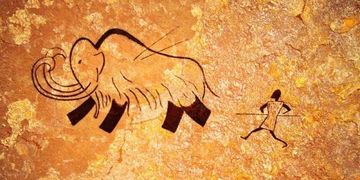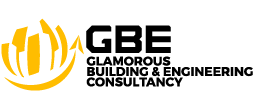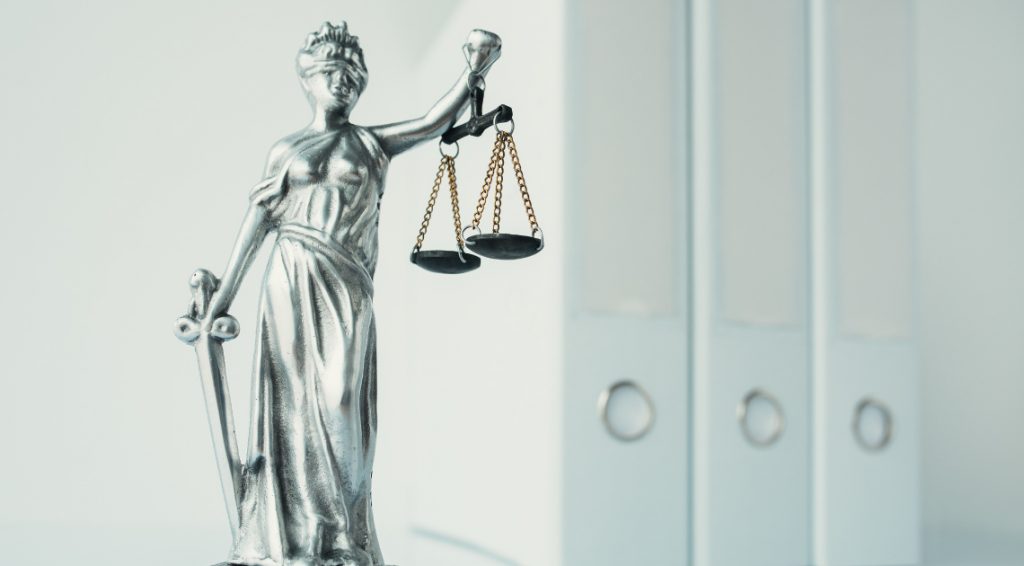Visual information is always the most direct way for human beings to understand and explore the world. In the past, human beings used drawings for recording history and details. All this visual information can help people nowadays to understand the information and imagine the visual world.
Image is one of the most important records in both surveying and engineering which used for monitoring the progress and review the findings throughout site inspection. More photo records which will help to indicate more details refer to the drawings. Therefore, a good practice of site inspection; photos taking is always a key factor which may affect the progress and follow up actions for all projects.
Importance of Visual Information
According to “YourStory”, humans are wired to respond to visuals more than just text. As visual content is easier to consume and digest.
- Around 50-80 percent of the human brain is dedicated to visual processing such as vision, visual memory, colours, shapes, movement, patterns, spatial awareness, and image recollection. (Reports The Wiley Network)
- Visuals with colour increase people’s willingness to read a piece of content by 80 percent. (Reports – Saurage Research)
- If you hear a piece of information, you might remember only 10 percent of it. Adding a picture to that results in a rise of recall up to 65 percent. (Source – Brainrules.net)
- Posts inclusive of images produce 650 percent higher engagement than text-only posts. (Source – Pinterest)
- It takes only 150 milliseconds for us to a process and image, and then another 100 milliseconds for us to attach any meaning to it. (Reports – Canva)
- People following directions with text and illustrations do 323 percent better than people following directions without illustrations. (Source – Pinterest)
Credit: https://yourstory.com/2018/04/scientific-reasons-visual-marketing?utm_pageloadtype=scroll

Credit: http://www.iscribblers.com/infographics/5-scientific-reasons-people-are-wired-to-respond-to-visual-marketing/
From Drawings to Photography
As visual information is so important for humans in learning process. Our ancient used drawings to record the history since stone age which helps us to understand the past.

Credit: https://vestnikkavkaza.net/upload2/2017-01-13/180b9ee15b8c4384cd6b36e2cd51c377.jpg
Panoramic drawings become more popular which gave people a great impression for easier understand the information that painter want to deliver. Famous panoramic drawings can be found worldwide, such as “Along The River During the Qingming Festival” (China), Barker’s London panorama of 1792, from the top of the Albion Mills (UK).

Credit: https://upload.wikimedia.org/wikipedia/commons/d/d9/Panorama_of_London_Barker.jpg
Credit: https://www.youtube.com/watch?v=mwMwDYEfMy0&feature=youtu.be
Drawing is a good source of visual information that can record the moment and reflect the details; however, drawings completion may lead a long time to complete and all details are from painters’ memory only.
Photo is another good source for recording and faster in the workflow. Photography technology and also computer software have been developed into a next-generation which help all stakeholders to study and learn deeply with site situation. Location, time, measurement information are also be able to capture by today’s technology.
In the past, film cameras are used for photo taking which will be limited due to cost and photography skills by the site staff. Most photos taking will be either whole shot and defects, not enough details can be shown in those photos. Since photography technology has been improved a lot, the digital camera has taken the industry practice to the next generation. In the same situation with drawings, people always want to take more details in one shot in order to show more information and surrounding.

Credit: Architekten Bernhardt + Partner (www.bp-da.de)
With the aid of technology, split-screen panoramic photo comparison enables remote stakeholders to check and communicate with each other remotely in the same platform. Such technology can resolve conflicts and misunderstandings during the construction process. Those photo records can also be stored for facilities management to use for repair and maintenance purposes.
In the next chapter, we will go through more new technologies to show how the new cameras can help in site inspection and measurement.


